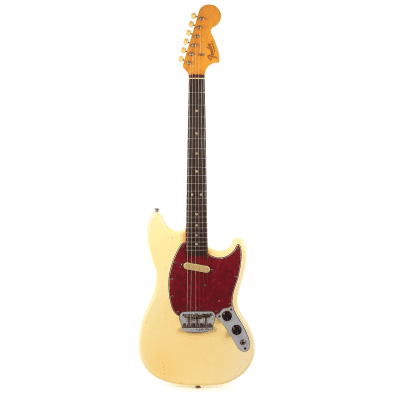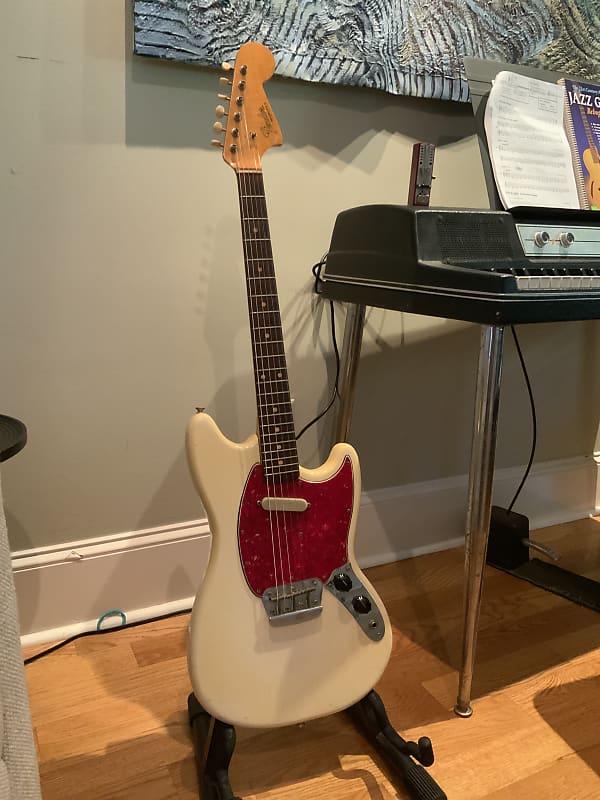

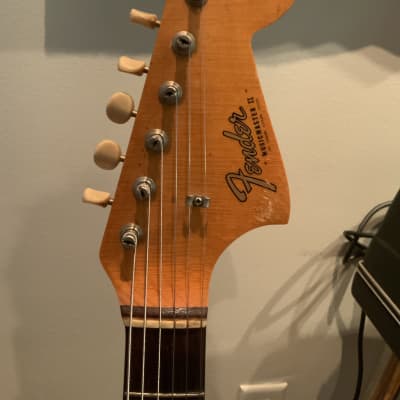
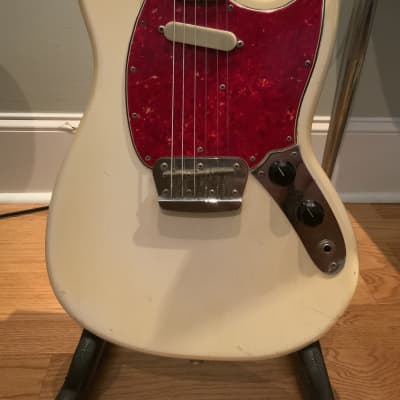
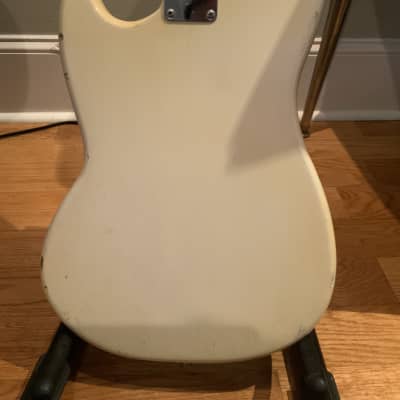
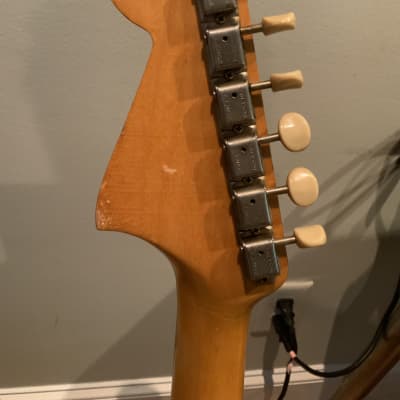
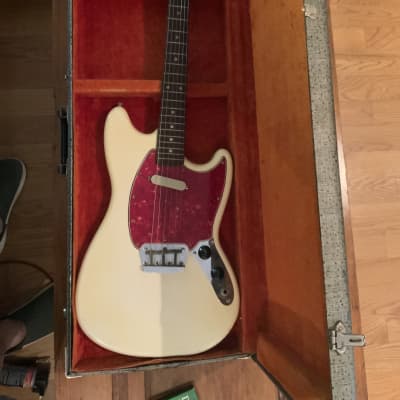
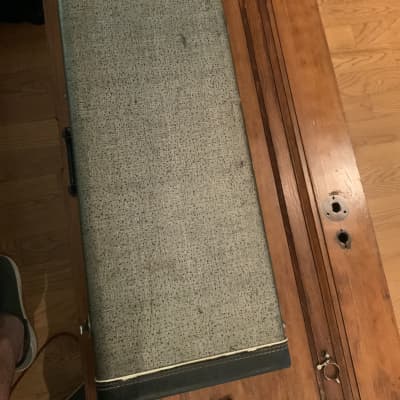
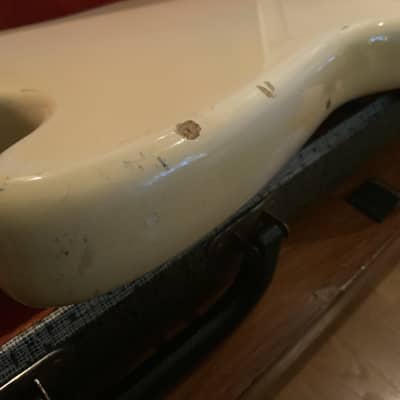
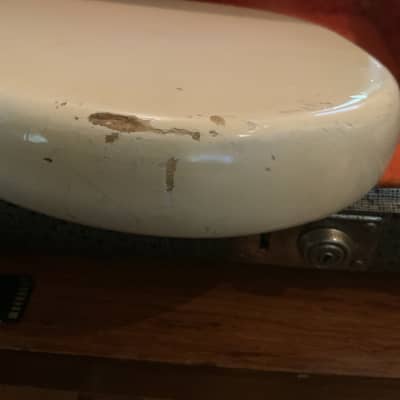
Fender Musicmaster II 1964 - 1969
Original Price$2,800
New Price$2,222
$578 price drop
+ $160 Shipping
Listed:2 years ago
Views:1345
Watchers:49
Offers:6
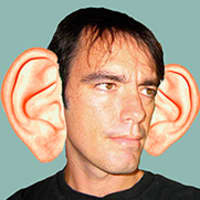
Atlanta, GA, United States
Reverb Buyer Protection
Reverb has your back if your item is lost, damaged, or doesn't match its description. Simply report any issues within 7 days and we'll help you get a full refund.Learn More
